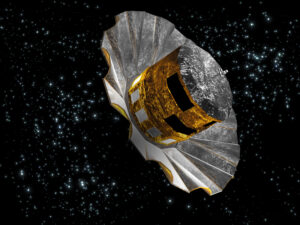
Lecturer: Andrés del Pino Molina. Centro de Estudios de Física del Cosmos de Aragón (CEFCA). Astrophysics researcher with a strong computational and statistic background. Interested in resolved stellar populations, galaxies dynamics, and star formation
Abstract: The Milky Way system (MW) harbors dozens of known dwarf galaxies. Some of these systems have been studied for decades, offering us a glimpse on how diverse dwarfs can be in terms of their star formation histories, chemical composition, masses, etc. This has raised questions about the origin of these systems and on the possible mechanisms involved in their evolution. From the dynamical standpoint, some of the most obvious mechanisms proposed invoke the interaction of dwarfs with their massive host galaxy. However, based mostly on N-Body predictions and just line-of-sight velocity measurements, the discussion about the strength and efficiency of these mechanisms have remained largely speculative. Thanks to its unprecedented astrometric precision, the Gaia mission has changed that, giving us access to accurate 3D systemic motions of many known dwarfs satellites of the MW. For the first time, we can study the orbital histories of the MW satellites, which can shed light on the nature versus nurture discussion for these systems. In this talk, I will present a general overview on how the internal properties of dwarfs are linked to their orbital history and on how the interaction with the MW has shaped them into the system we observe today.
Jueves 30 marzo, 12 horas
On line ( Zoom)
